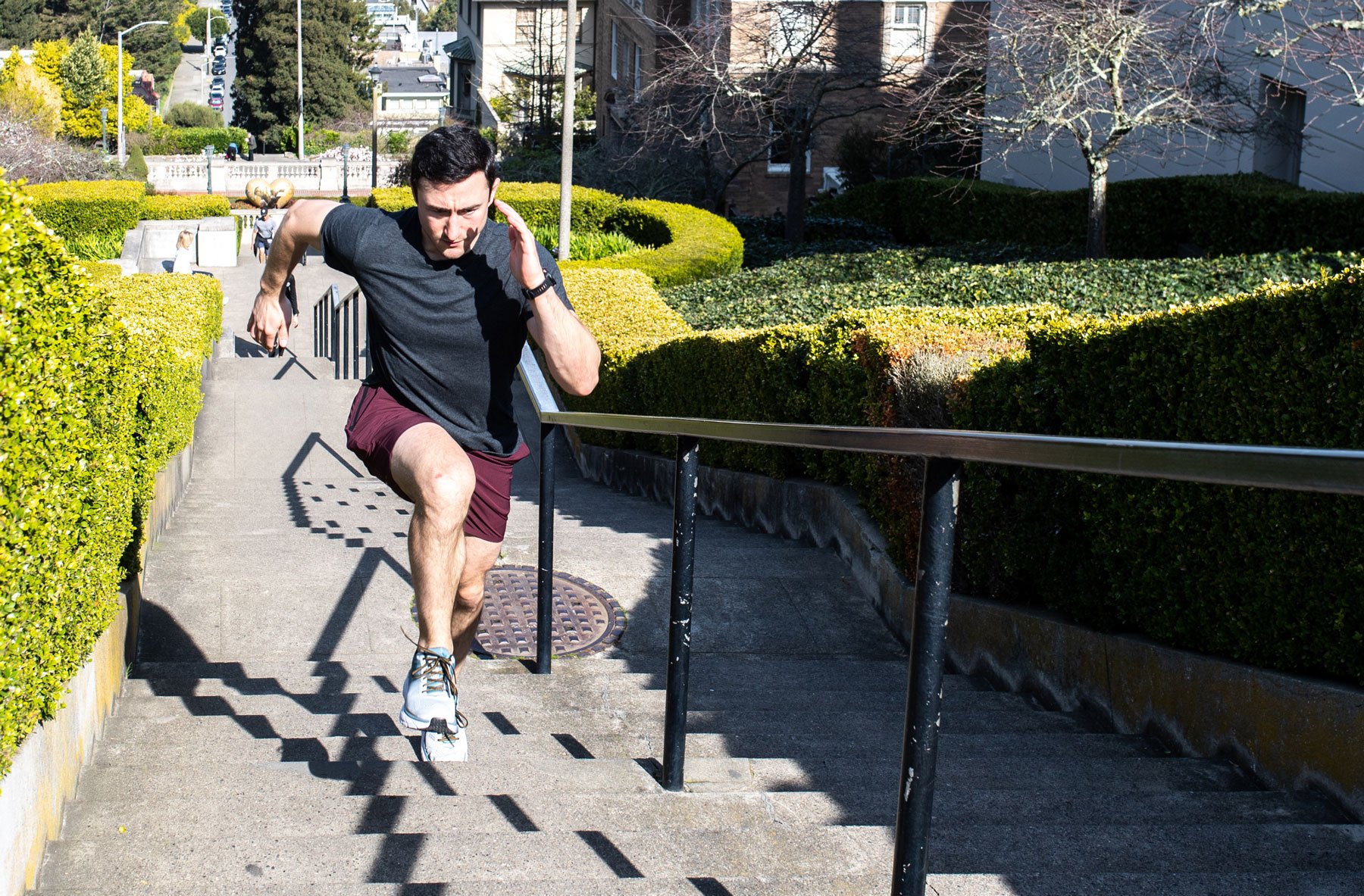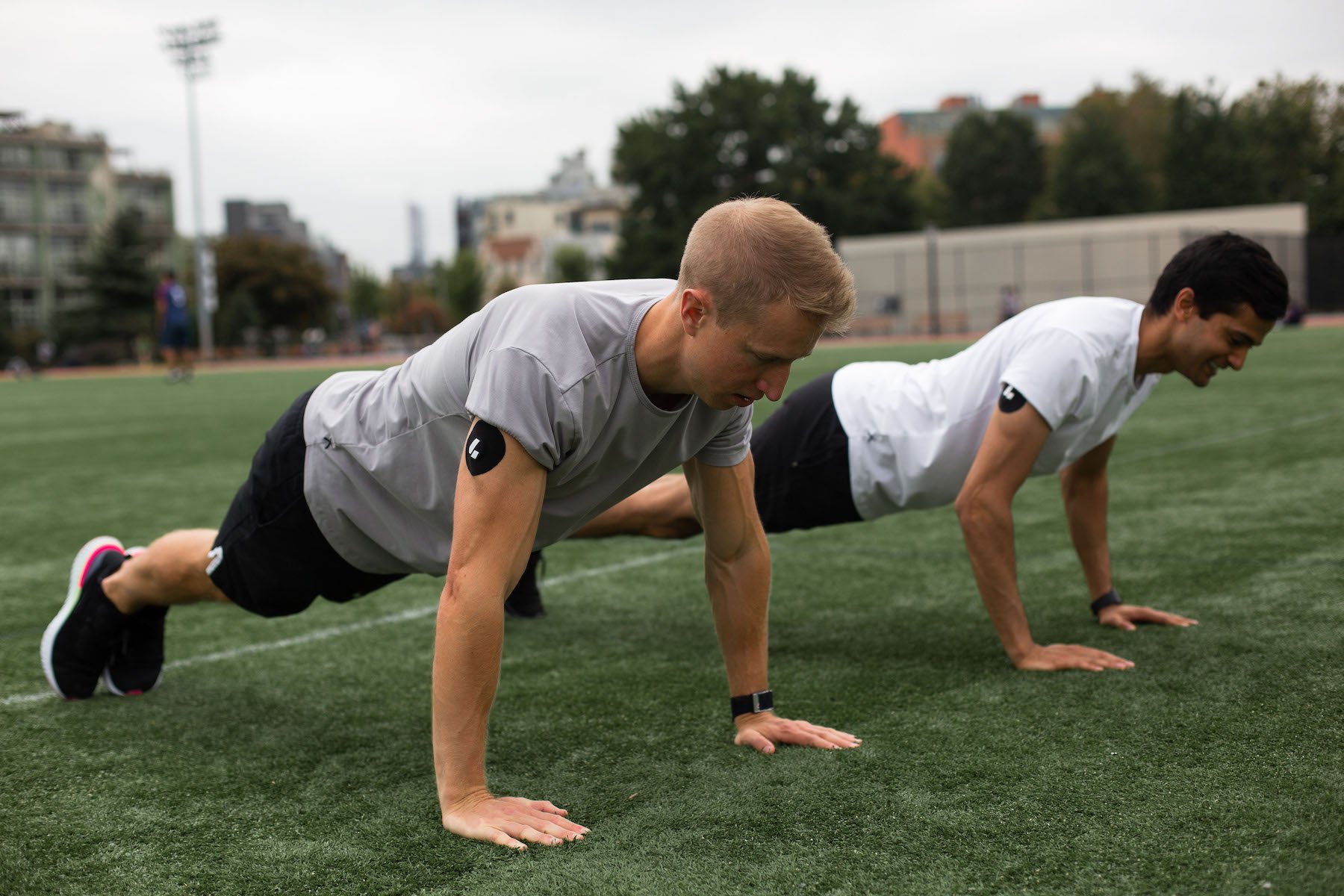Recovery is an essential part of exercise. A chance to rest and refuel, this post-workout period contributes to the fitness results—and the metabolic benefits—you achieve.
Understanding how recovery works at a cellular level can help you approach your workouts more strategically and give your body what it needs to recuperate and grow stronger. Read on to learn about the connection between recovery and metabolic health, as well as best practices for optimizing your recovery.
What is exercise recovery and how does it relate to metabolic function?
Exercise fast tracks the transformation of food into energy (i.e., metabolism). To fuel each lap, rep, or stride, your muscle cells need sugar, or glucose, which they use to create a type of cellular energy known as adenosine triphosphate (ATP). This process also occurs at rest but takes place more rapidly when you work out because active muscles need more ATP.
To generate ATP, your cells can use sugar circulating in the blood, or they can draw from the body’s fuel reserves: glycogen (the stored form of glucose in muscles) and fat. As you work out, these stores (particularly glycogen) diminish. An effective recovery allows your body to refill the cellular fuel tank through a combination of rest, food, and time.
Because cells urgently need glucose during exercise, some metabolic processes unfold a bit differently during and after your workout. For example, when you’re inactive, glucose needs the help of insulin to get into muscle cells (insulin is a hormone that, among other things, tells cells to take in blood sugar). Exercise, however, prompts changes on the surface of muscle cells that allow glucose to enter without insulin. Additionally, your body becomes more sensitive to the insulin that’s there, further hastening glucose uptake.
During recovery, these changes persist, which means cells can rapidly absorb glucose with relatively little insulin. In the short term, increased insulin sensitivity translates to less dramatic peaks in blood sugar. In the long term, it may improve metabolic health and reduce the risk of a number of diseases linked to high blood sugar levels, including diabetes.
The recovery period also plays a critical role in muscle growth. Exercise stresses your muscles, producing small tears in muscle fibers. During recovery, the body repairs the tears, strengthening your muscles against additional damage.
In short, your cells hardly take a break during recovery. Rather, they initiate processes critical to health, wellness, and improved athletic performance. When you repeatedly overexert yourself or skip recovery, by contrast, you can develop extreme fatigue and experience dips in performance—a condition called overtraining syndrome that has metabolic and other consequences, including reduced immune system function, elevated heart rate, sleeplessness, increased irritability, and weight gain.
How to approach recovery for metabolic health
If exercise is about muscle damage and energy depletion, recovery is about restoration on both fronts. The process can look different depending on your needs, preferences, and goals, but recovery should typically include:
- A nutritious meal
- A break for the affected muscle group
- Strategies to address any soreness
- A good night of sleep.
How to eat after a workout for optimal recovery
Contrary to what you might see in marketing campaigns, most people don’t need to eat or drink anything other than water immediately after working out. Likewise, cramming in extra carbs or outrageous amounts of protein won’t hasten recovery. Though exercise does introduce changes in how your body processes glucose and insulin, for most people, those are not significant enough that you need to veer from an otherwise healthy eating plan.
When should you eat?
For competitive athletes who need to quickly refill the tank before their second workout of the day, eating right after exercise can help quickly replenish glycogen stores. For everyone else, however, there seems to be little benefit to rushing home from the gym for a snack. That’s because most people (a) use up just a fraction of their glycogen in a given workout; and (b) take a day or so off between intense, glycogen-draining exercises. In both scenarios, concludes a 2022 review, your body has plenty of time to refill its tank, allowing for flexible meal timing.
Still, if you’re hungry after your workout or are approaching your standard meal time, there’s no harm in enjoying a nutritious meal. Additionally, some research suggests that eating within the first hour or two after exercise (particularly if it’s intense) could have metabolic benefits. The principle of eating in what’s called “the anabolic window” derives from studies showing that muscle cells more readily absorb blood sugar and rebuild glycogen stores during that period. This is because, during and immediately after exercise, your cells can take in glucose with little or no insulin present. After about an hour, this process again becomes insulin-dependent, so replenishment occurs more slowly.
Do you need to eat carbs after a workout?
As mentioned above, except for in extreme circumstances, you don’t have to eat carbs right after working out. As long as your diet generally supports your level of activity, your glycogen stores will slowly refill.
Concerning whether exercisers need to eat carbohydrates at all, the standard advice (for example, from the American College of Sports Medicine) is to match your carb intake to your degree of exertion, eating fewer carbs if your workouts are less intense and more as the intensity goes up. However, some research indicates that there are metabolic benefits to exercising on a low-carb diet, or even fasted, for some types of exercise.
If you do choose to incorporate carbohydrates into a post-exercise meal, try to avoid foods made with refined grains (e.g., most pasta, bread, crackers, pretzels) and anything with added sugar. Eating these foods may result in a slight increase in the speed of glycogen replenishment, but it will also cause rapid surges in blood glucose and insulin levels—elevations that can lead to reduced focus and energy, ultimately hindering athletic performance.
Instead, try to get your carbs from nutrient-dense whole foods like zucchini, broccoli, cauliflower, and Brussels sprouts, as well as lower-sugar fruits like raspberries and kiwi. You can also minimize blood sugar spikes by balancing any carbs with fiber, fat, and protein. Put another way: you want to avoid eating your carbs “naked.” If you’re craving an apple, for example, top it with almond butter for some fiber and fat; or try your berries on some full-fat Greek yogurt to incorporate fat and protein. Research suggests that, in addition to improving glucose stability, pairing protein with carbohydrates may enhance glycogen replenishment, compared to carbohydrates alone.
How much protein should you eat to optimize recovery?
Protein needs vary depending on how big you are, the nature of your workout, and your individual exercise goals. As general guidelines, the International Society of Sports Nutrition (ISSN) recommends eating a minimum of 1.4–2.0 grams of protein per kilogram of body weight each day—a quantity that should allow exercisers to maximize protein synthesis following most workouts. This translates to about 95-136 grams for a person weighing 150 pounds. Still, you needn’t eat all that protein right after you work out. In fact, the ISSN recommends spacing out your protein intake, consuming 20-40 grams in a given sitting.
The importance of rest and active recovery
Your recovery needs will vary depending on the type of exercise you perform, other stressors you’re experiencing, and your biology. As a general rule, however, a muscle group requires 48 to 72 hours to recover from a hard workout. Still, that doesn’t mean you should spend three days lazing around.
If you focus on arms in the weight room on Monday, for example, you can switch to legs on Tuesday and return to arms on Wednesday. You can also alternate harder efforts with active recovery, a category of lower-intensity exercise that helps your muscles recuperate.
Active recovery can entail walking, cycling, swimming, active stretching, yoga, Pilates, or, for very fit people, even jogging. For these activities to qualify as recovery, your heart rate should stay between 30 and 60 percent of its maximum. In addition to giving you a break between intense workouts, active recovery appears to offer a number of physiological benefits, including increased blood flow to muscle tissue to aid repairs.
Further, research suggests that low and moderate-intensity workouts can help curb blood sugar spikes by increasing insulin sensitivity. In other words, you can achieve some of the metabolic benefits of exercise while you recover. By adding active recovery to your schedule, you can also maximize the number of days you work out—and therefore the frequency with which you reap these benefits.
Sleep and complementary recovery strategies
In addition to the above, you can practice a number of recovery techniques on and between exercise days. Cold-water immersion (CWI), for example, may minimize inflammation and reduce delayed onset muscle soreness (DOMS). This technique has the added benefit of activating brown fat, which can increase insulin sensitivity and glucose uptake. Having said that, some research challenges the effectiveness of CWI, finding no benefit compared to placebo; and, in one study, researchers found that CWI actually reduced muscle growth among resistance trainers.
You can also address muscle soreness with massage, which enhances blood flow to targeted muscle tissues. Indeed, according to a 2018 meta-analysis, massage is one of the best recovery techniques for reducing DOMS. People who don’t want to run out and get a professional massage after each exercise can use massage guns and foam rollers, which have been shown to relieve soreness.
Finally, effective recovery requires a good night of sleep. In addition to its restorative properties, sleep may also boost aspects of athletic performance. In a study published in the International Journal of Sports Medicine, athletes who enjoyed adequate sleep demonstrated faster reaction times, improved athletic accuracy, and enhanced mood. Research also shows that healthy sleep habits can promote better-controlled blood sugar levels—something critical to both athletic performance and metabolic health.








